Ivoclar Cention N Starter Kit
Original price was: ₹4,785.00.₹3,250.00Current price is: ₹3,250.00.
Cention N is an innovative filling material for the complete and permanent replacement of tooth structure in posterior teeth. For years, glass ionomers and amalgams have been used successfully within their indications as filling materials. Nonetheless, there is a considerable demand for alternative filling materials. The main reasons include the low flexural strength of glass ionomer cements, the intrinsic grey color of amalgam and the fact that amalgam contains mercury as one of its components.
- Description
- Additional information
- Reviews (0)
- Directions for Use
Description
Cention N is a radiopaque, self-curing filling material with light-curing option, which releases fluoride, calcium and hydroxide ions. It is suitable for use as a full volume replacement material in restorations for Class I, II and V cavities. Cention N can be optionally cured with light in the wavelength range of 400–500 nm.
Cention N offers tooth-coloured esthetics together with high flexural strength. The new filling material belongs to the materials group of Alkasites. The patented alkaline filler increases the release of hydroxide ions to regulate the pH value during acid attacks. As a result, demineralization can be prevented. Moreover, the release of large numbers of fluoride and calcium ions forms a sound basis for the remineralization of dental enamel. The initiator system enables good chemical self-curing.
Simple use
Cention N is remarkably simple to use. It does not require the use of a primer, varnish or curing device. Up to seven working steps can be saved compared with the application of conventional glass ionomer cements. Only dosing, mixing, filling and finishing are required
INDICATIONS:
- Suitable for use without an adhesive in Class I and Class II cavities with retentive preparation
- Class I and II restorations in permanent teeth in conjunction with an adhesive
- Class V restorations (tooth necks) in permanent teeth in conjunction with an adhesive
- Restoration of deciduous teeth (with and without adhesive, see above)
CONTRAINDICATIONS:
The application of Cention N is contraindicated
- If a dry working field cannot be established or the prescribed application technique cannot be applied
- If the patient is known to be allergic to any of the ingredients of Cention N
- When used as a luting composite
Additional information
| Shade | A2 |
|---|
Be the first to review “Ivoclar Cention N Starter Kit”
Application
1. Isolation Appropriate isolation is required.
2. Cavity preparation
2.1 Cavity preparation when using Cention N without an adhesive
When using Cention N without an adhesive, the preparation guidelines for the placement of amalgam fillings apply (retentive preparation design, resistance form). Retentive undercuts need to be prepared in all areas of the cavity. Enamel portions not supported by dentin must be avoided. In order to prevent fractures of Class II fillings, the area of the isthmus should be sufficiently deep and wide: on the occlusal/proximal aspect it should be at least 1.5 mm in depth, and on the buccal/oral aspect at least half the cuspto-cusp distance. The cavity floor should feature a bevel from the occlusal to the proximal aspect in order to reduce tension peaks. Enamel margins should not be bevelled. Subsequently, rinse the cavity with water spray to remove all the residue and dry with water- and oil-free air.
2.2 Cavity preparation when optionally using Cention N with an adhesive
The cavity is prepared according to the principles of the adhesive technique, i.e. by preserving as much of the tooth structure as possible. Do not prepare sharp internal angles or additional undercuts in caries-free areas. The geometry of the cavity is predetermined by the dimensions of the caries lesion or the old filling. Slightly bevel or round out the enamel margins using finishing diamonds (grit size 25–40 µm). Subsequently, rinse the cavity with water to remove all residue and dry with water- and oil-free air
3. Pulp protection / Base
If no adhesive is used, areas close to the pulp should be selectively coated with a calcium hydroxide preparation (e.g. ApexCal®). If an adhesive is used, a cavity liner is generally not necessary. Only in very deep cavities, selectively coat the area close to the pulp with a calcium hydroxide-based preparation (e.g. ApexCal®) and cover it with pressure-resistant cement (glass ionomer cement, e.g. Vivaglass® Liner) before applying the dentin-enamel bonding agent. Do not cover other cavity walls, since they can be used to support the bond with a dentin-enamel bonding agent
4. Placing the matrix / interdental wedge
If the cavity includes proximal areas, place a matrix band and secure it with a wedge.
5. Conditioning / Applying the dentin-enamel bonding agent
When using Cention N without an adhesive, do not condition the tooth structure with phosphoric acid. Condition and apply the dentin-enamel bonding agent according to the Instructions for Use of the product in use. Ivoclar Vivadent recommends using the dentin-enamel bonding agent Tetric® N-Bond Universal or Tetric® N-Bond (in combination with phosphoric acid etching).
6. Dispensing and mixing
The mixing ratio for a small cavity is: 1 measuring scoop of Powder and 1 drop of Liquid (this corresponds to a weight ratio of 4.6:1). For larger cavities, a mixing ratio of either 2 measuring scoops of Powder and 2 drops of Liquid or 3 measuring scoops of Powder and 3 drops of Liquid should be used.
7. Finishing / Checking the occlusion
After polymerization, remove excess material with suitable tungsten carbide finishers or fine-grit diamonds. Remove proximal excess with diamond or tungsten carbide finishers or using finishing strips or flexible finishing discs. Check the occlusion and articulation and grind in the necessary adjustments to prevent premature contacts or undesired articulation paths on the surface of the restoration.

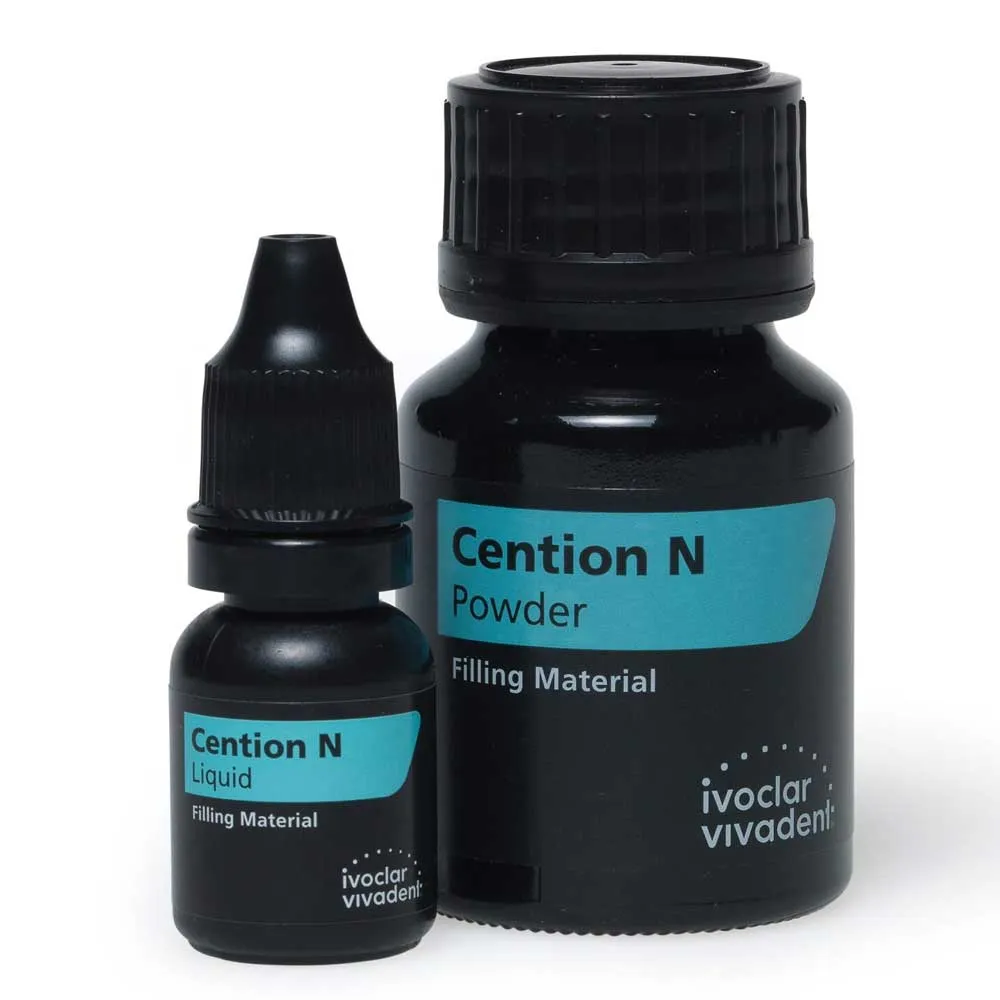
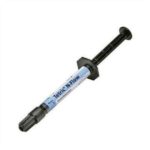
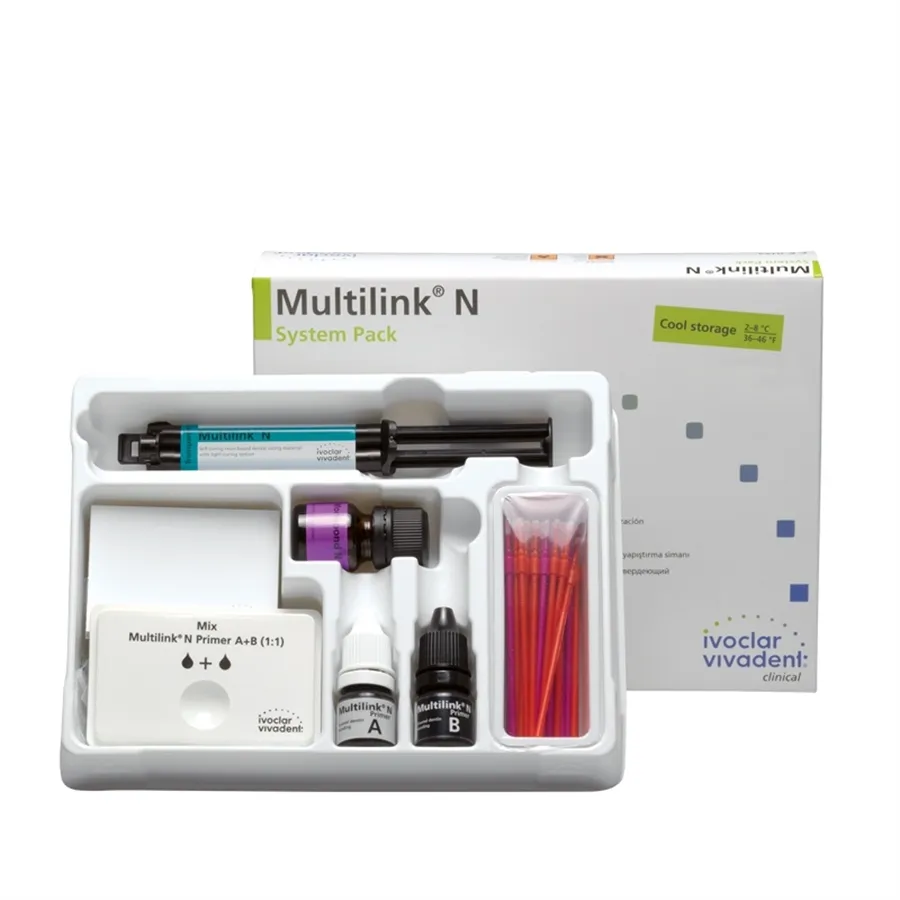
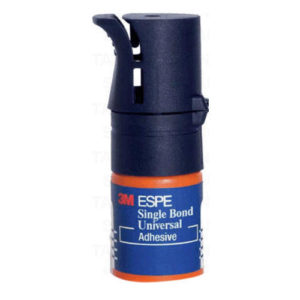
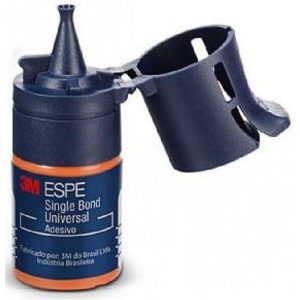
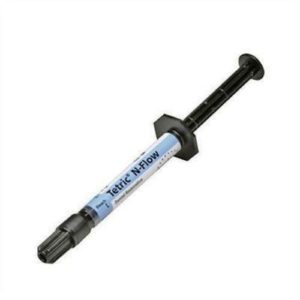
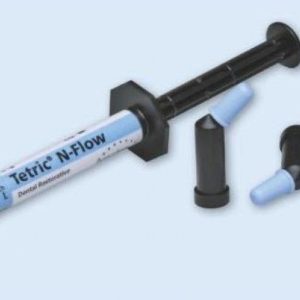
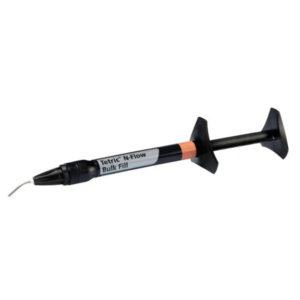
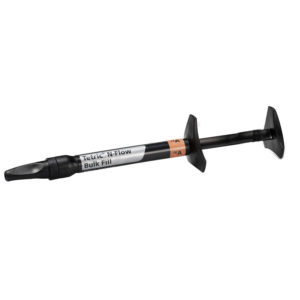
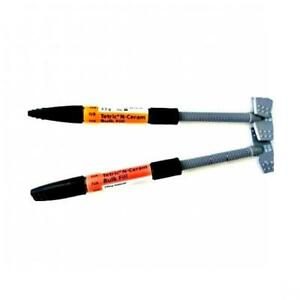
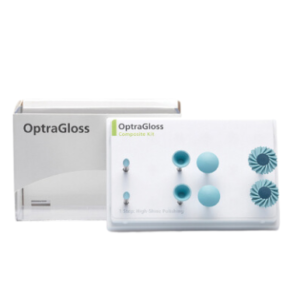

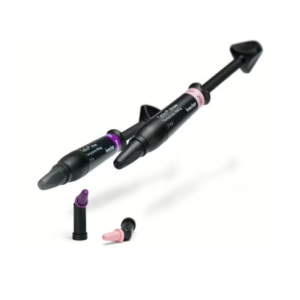
Reviews
There are no reviews yet.